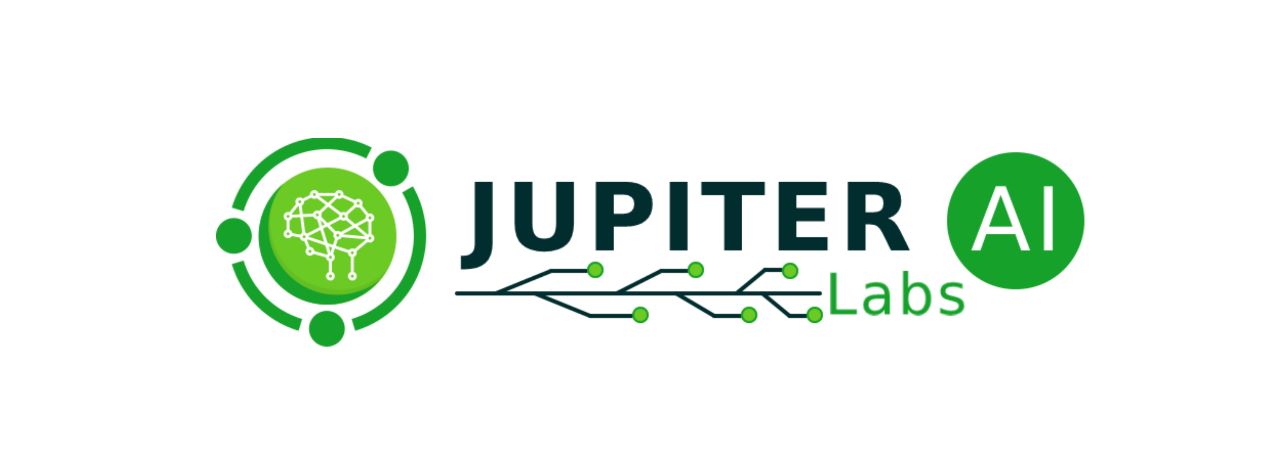Measuring Contingent Workforce Performance: Keys to Unlocking Data-Driven Decisions
In today’s dynamic business landscape, the contingent workforce – encompassing temporary, contract, and freelance professionals – plays a crucial role in filling talent gaps and driving agility. However, managing this diverse pool effectively requires more than just intuition; it demands data-driven insights to assess performance, maximize value, and inform strategic decisions.
Essential Metrics for Success:
- Productivity and Quality:
- Time-to-completion: Track the average time taken by contingent workers to complete tasks or projects. Identify bottlenecks and potential areas for improvement.
- Output & Accuracy: Monitor completion rates, project deliverables, and error rates to gauge individual and team efficiency.
- Client Satisfaction: Conduct surveys or collect feedback from clients who directly work with contingent workers to evaluate their performance and impact.
- Cost and Efficiency:
- Cost per hire: Evaluate the cost of recruiting, onboarding, and managing contingent workers compared to permanent staff.
- Utilization rate: Track the percentage of time a contingent worker is actively engaged in billable work to optimize workforce utilization.
- Turnover rate: Monitor the rate at which contingent workers leave your organization to identify potential retention issues and address them proactively.
- Skill and Cultural Fit:
- Skill assessments: Utilize pre-engagement assessments to ensure contingent workers possess the necessary skills and experience for assigned tasks.
- Performance reviews: Conduct regular performance evaluations to identify strengths, weaknesses, and areas for development in your contingent workforce.
- Employee engagement surveys: Gauge the level of engagement and satisfaction among your contingent workers to understand their experience and identify potential improvements.
Analytics Tools for Enhanced Visibility:
- Talent management systems: Leverage platforms that track time, performance, and skill sets of your contingent workforce to gain real-time insights.
- Business intelligence dashboards: Visualize key metrics and identify trends through interactive dashboards for informed decision-making.
- Predictive analytics tools: Utilize advanced analytics to anticipate future workforce needs, optimize skill requirements, and proactively engage top talent.
Unlocking the Power of Data:
By strategically combining these metrics and utilizing the right analytics tools, you can transform your contingent workforce management from gut feeling to data-driven excellence. Here’s how:
- Identify top performers: Recognize and reward high-performing contingent workers, potentially offering them extended engagements or permanent positions.
- Improve talent selection: Refine your recruitment practices by analyzing skill gaps and aligning candidate profiles with project requirements based on relevant data.
- Negotiate better rates: Understand the true cost of your contingent workforce and use data to negotiate better rates with vendors or agencies.
- Boost workforce agility: In today’s rapidly evolving business landscape, workforce agility is no longer a luxury – it’s a necessity. Organizations must be able to adapt quickly to changing market demands, embrace new technologies, and seize unexpected opportunities
Beyond the Numbers: Building a Holistic Performance Picture
While quantitative metrics are crucial, remember that performance is multifaceted. Consider incorporating qualitative measures like:
- Project feedback: Gather feedback from internal teams and clients on the contingent worker’s collaboration, communication, and problem-solving skills.
- Self-evaluations: Encourage contingent workers to provide their own feedback on their experience, including challenges faced and suggestions for improvement.
- Upskilling and training: Monitor your contingent workforce’s willingness to learn and participate in training programs, indicating their commitment to growth and improvement.
By combining quantitative and qualitative data, you create a holistic picture of performance that goes beyond mere numbers. This comprehensive understanding empowers you to make informed decisions that not only optimize productivity and cost but also foster a positive and engaged contingent workforce.
Conclusion:
In a world driven by data, measuring and analyzing the performance of your contingent workforce is no longer optional; it’s a strategic imperative. By embracing the insights gleaned from key metrics and employing the right analytics tools, you can unlock the true potential of this adaptable talent pool and achieve business success. Remember, it’s not just about measuring performance; it’s about cultivating a thriving contingent workforce that drives your organization forward.
